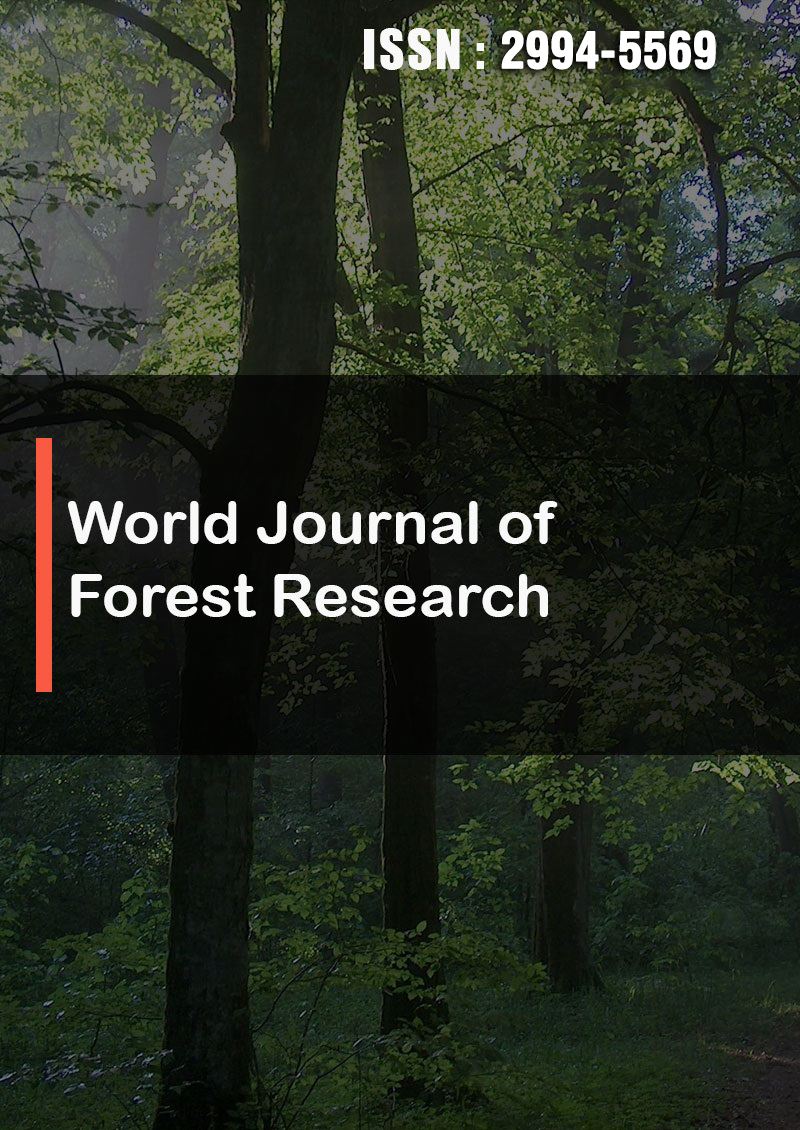Potential Geographic Distributions of Ceiba Pentandra Under Current and Future Climate Conditions in Benin, West Africa
Abstract
Sunday Berlioz Kakpo and Jean Cossi Ganglo
The 21st century is marked by growing losses of biodiversity particularly in tropical regions. These losses result not only from direct anthropogenic effects but also from climate change; research must therefore consider impacts of climate change on future potential distributions of species. Ceiba pentandra (L) Gaert, a high-value multiple-use and keystone species of tropical environments, deserves particular attention. This study aims to model the ecological niche of C. pentandra, assess the impacts of climate change on its potential distribution by 2055 and 2085, and assess the effectiveness of protected areas for conservation both at present and in the future. Bioclimatic variables and soil data layers were used for modeling with maximum entropy approaches and resulting distributional predictions were overlaid on the existing protected areas network. Results showed that the distribution of C. pentandra is governed by a combination of effects of climate (temperature and precipitation) and substrates (soils); its distributional potential in West Africa trended weakly northward in future decades. The relationship of the species distribution to protected areas of Benin suggests the poor potential of present protected areas to conserve populations of species. Protected area networks must be strengthened to improve the protection of forests in suitable areas; protected areas located in medium-suitable areas could be enriched for C. pentandra because many such areas are anticipated to become more suitable in the future for the species.




